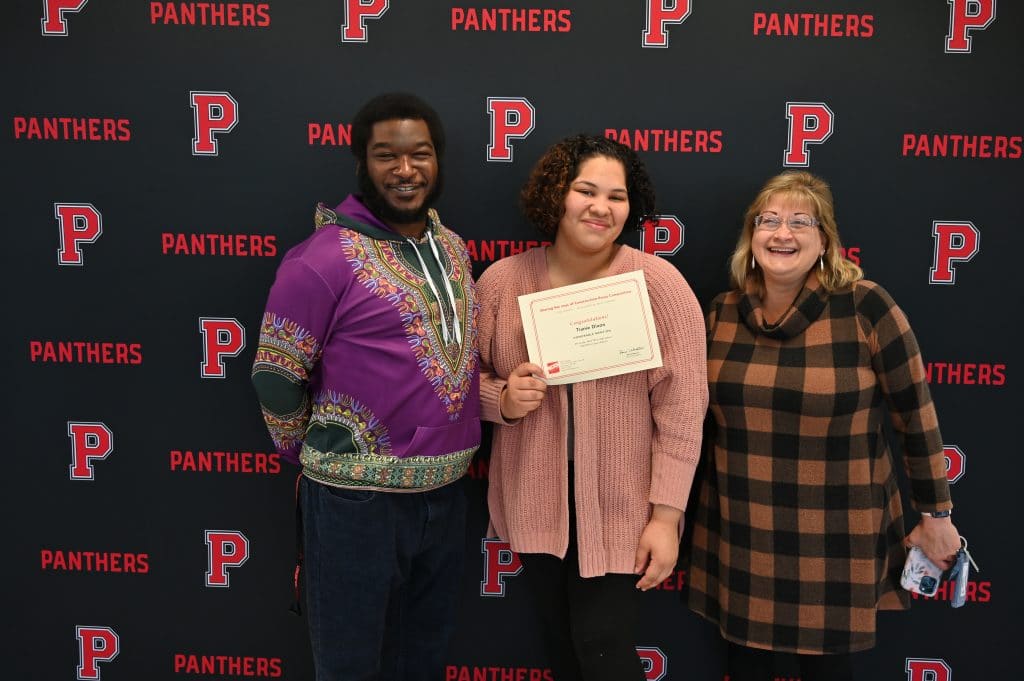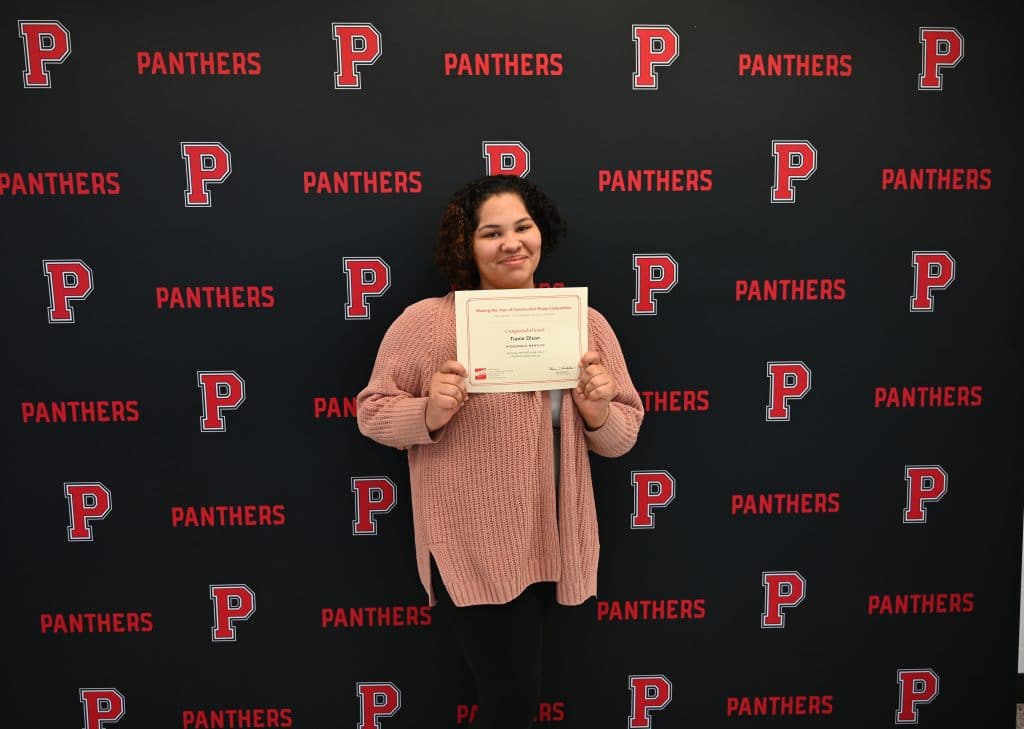The Sharing the Joys of Construction Essay Competition was created by EDiS Company in 2021 for Delaware trade and vocational high school students to shine a spotlight on the positive impact diversity has in the architecture, engineering, and construction (AEC) industry. Students wrote about individuals or companies who have inspired them or have had a positive impact on the built environment. First place winner Musulyn Fahnbulleh won a $700 prize, second place winner Tahna Moten won $500, third place winner Tyler Keyek won $300, and honorable mention Tianie Dixon won $100. Tianie would like to thank everyone around her, as everyone has inspired her in some type of way. Tiane hopes to one day work with children or become a psychologist.

Grade: 9th School: POLYTECH High School
Mary Jackson was the first African American woman engineer to work at the National Aeronautics and Space Administration (NASA). Jackson was a mathematician and physical scientist. Jackson was committed to being triumphant and considerate to help those around her. She wanted to assist other African American women, so they are able to receive better-paying jobs. She also worked through segregation which was very complicated.
Jackson had several complications in the process of becoming the first black women engineer. Right after she graduated she became a teacher and then later became a receptionist. The article “Mary W. Jackson Biography” says “she graduated from Hampton Institute in 1942 with a dual degree in Math and Physical Sciences, and accepted a job as a math teacher at a black school in Calvert County, Maryland. Hampton had become one of the nerve centers of the World War II home front effort, and after a year of teaching, Mary returned home, finding a position as the receptionist at the King Street USO Club, which served the city’s black population.” Mary Jackson also took three more changes to her career. The article also states “It would take three more career changes—a post as a bookkeeper in Hampton Institute’s Health Department, a stint at home following the birth of her son, Levi, and a job as an Army secretary at Fort Monroe–before Mary landed at Langley Memorial Aeronautical Laboratory’s segregated West Area Computing in 1951, reporting to the group’s supervisor Dorothy Vaughan. After two years in the computing pool, Mary received an offer to work for engineer Kazimierz Czarnecki in the 4-foot by 4-foot Supersonic Pressure Tunnel, a 60,000 horsepower wind tunnel capable of blasting models with winds approaching twice the speed of sound”
Mary was very passionate about helping those around her to be more successful, and do as well as she has or even better. One of Mary’s top priorities was to uplift other African American women. She was so determined to help other women, especially black women, even after she was declined for multiple manager positions while assisting and supporting other African American women to be more successful. She helped other women in many ways from making their careers better and guiding them in the right direction, and by doing this she told them they should get a higher education and pick up extra classes. The article Mary Jackson: NASA’s First black female engineer states “From then until her retirement in 1985, she helped other women and minorities advance their careers, advising them to study and take extra courses to increase their chances for promotion.”
Mary W. Jackson worked during the time when segregation occurred. This was around the time Franklin Roosevelt was president. While working Mary could not eat in the lunchroom with her white coworkers. But, she finally stood up and let others hear her voice. The article Mary Jackson: NASA’s First black female engineer explains “All work facilities had separate restrooms and cafeterias designated “white” or “colored.” In the company cafeteria, white people could select their food choices and sit in a lunchroom. Black people had to make their food requests to a cafeteria attendant and then go back to their desks and eat, and experience Jackson considered an indignity.”
In conclusion, Mary Winston Jackson encouraged everyone around her to do better, while doing this she was keeping up with improving herself and her career. Mary did everything she could to uplift her and her peers and benefit other African American women in the future to get a good career.




